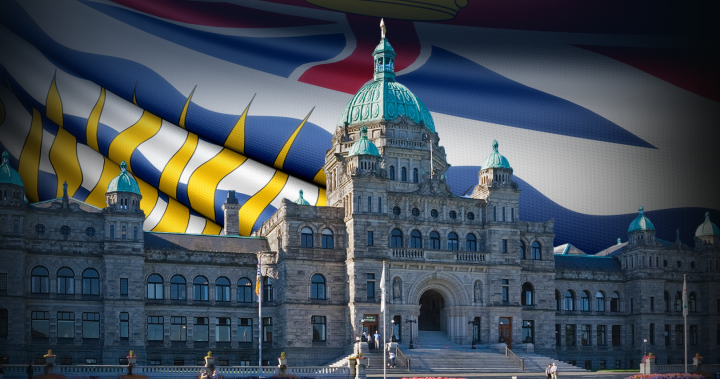The rapid expansion of public sector employment in British Columbia has sparked serious concerns among economic analysts and policy watchdogs, as government positions have grown at nearly triple the rate of private sector jobs over the past seven years. This dramatic shift in the province’s employment landscape raises fundamental questions about economic sustainability and the appropriate balance between public and private workforces.
Data released last week by Statistics Canada reveals that public administration jobs in B.C. increased by a staggering 30.1 percent between 2017 and 2023, while private sector employment grew by just 11.3 percent during the same period. This disparity represents one of the most pronounced public-private employment imbalances in Canada, according to the Business Council of British Columbia.
“What we’re witnessing in British Columbia isn’t simply routine government expansion, but rather a fundamental restructuring of the province’s employment ecosystem,” explains Dr. Margaret Chen, Chief Economist at the Vancouver Economic Institute. “When public sector jobs consistently outpace private sector growth by such significant margins, it creates structural pressures on provincial finances that become increasingly difficult to reverse.”
The provincial government defends the expansion as necessary to address critical service gaps in healthcare, education, and infrastructure management. Health Minister Adrian Dix pointed to pandemic-related staffing needs and an aging population as key drivers behind the increase in public healthcare positions, which account for approximately 40 percent of the new government roles.
“We’ve made strategic investments in the public workforce to ensure British Columbians receive the services they deserve,” Dix stated at a press conference in Victoria. “These are essential positions that support community well-being and economic resilience.”
However, fiscal conservatives and business advocates warn that the trend poses serious long-term risks for provincial finances. The Canadian Taxpayers Federation estimates that each additional public sector position costs taxpayers an average of $98,500 annually when accounting for salary, benefits, and pension obligations. With approximately 37,000 new government positions added since 2017, this represents an additional annual expenditure of over $3.6 billion.
“The mathematics are straightforward but sobering,” notes Franco Terrazzano, Federal Director of the Canadian Taxpayers Federation. “Each new public sector position must be funded by either increased taxation or government borrowing, both of which place additional burdens on the private sector that ultimately generates the wealth needed to sustain government operations.”
The widening gap between public and private sector compensation further complicates the picture. According to research from the Fraser Institute, government employees in B.C. now earn approximately 7.5 percent more than their private sector counterparts in comparable positions, while also enjoying superior pension benefits and greater job security.
Labour market experts point to several factors driving the public sector expansion, including increased demand for government services, policy priorities of the current NDP government, and demographic shifts requiring more healthcare and social support workers. The COVID-19 pandemic accelerated this trend, as emergency response measures and public health initiatives necessitated rapid staffing increases.
“The pandemic created legitimate needs for expanded public services,” acknowledges Dr. Sanjay Sharma, Professor of Public Policy at the University of British Columbia. “The question isn’t whether some growth was necessary, but rather whether the current trajectory is sustainable and whether sufficient cost-benefit analysis is guiding these hiring decisions.”
Business leaders express concern that the trend reflects a broader shift in provincial priorities that could undermine economic competitiveness. Greg D’Avignon, President of the Business Council of B.C., warns that excessive public sector growth can crowd out private investment and entrepreneurship.
“When government becomes the employer of first resort rather than the employer of last resort, it fundamentally alters the economic landscape,” D’Avignon argues. “A healthy economy requires balance, with a dynamic private sector creating wealth that can support essential public services.”
The provincial government maintains that investments in public sector capacity generate significant returns through improved service delivery and social outcomes. Finance Minister Katrine Conroy emphasized that many of the new positions support economic development initiatives and regulatory functions that facilitate private sector growth.
As British Columbia approaches a provincial election in October 2024, the appropriate size and scope of government will likely emerge as a central campaign issue. Opposition parties have already signaled intentions to scrutinize public sector growth and propose alternative approaches to service delivery that rely more heavily on private and non-profit partnerships.
As citizens and policymakers alike consider these competing visions, they must grapple with a fundamental question: What is the optimal balance between public and private employment that maximizes both economic prosperity and social well-being in British Columbia’s unique context?
















